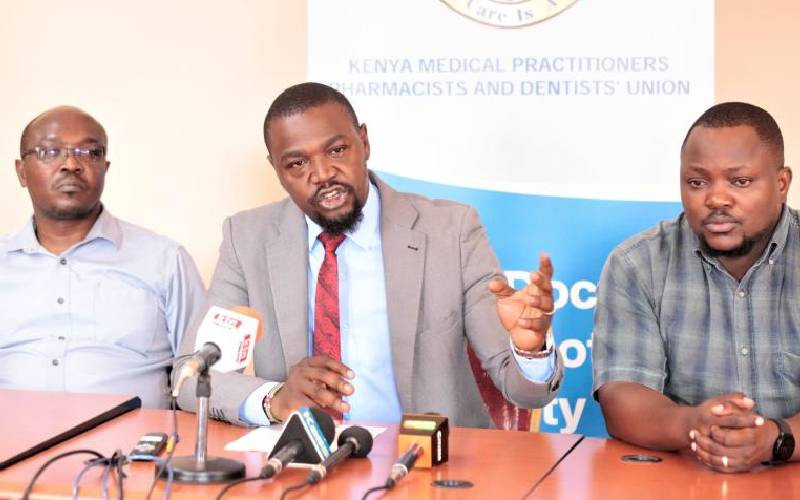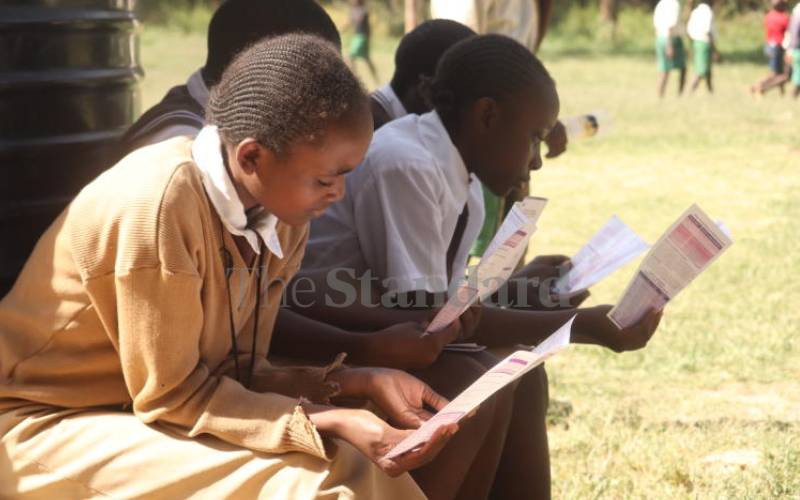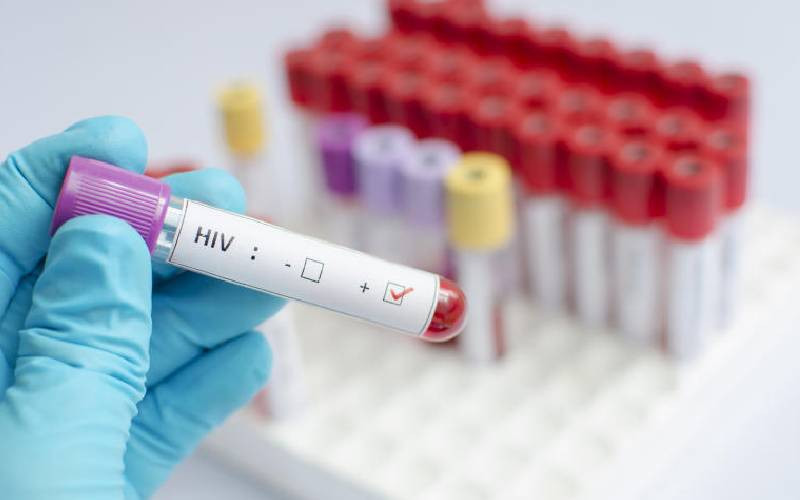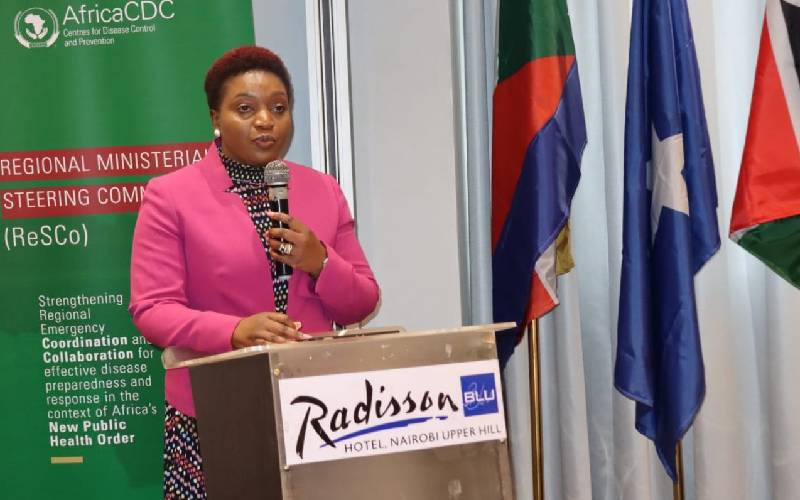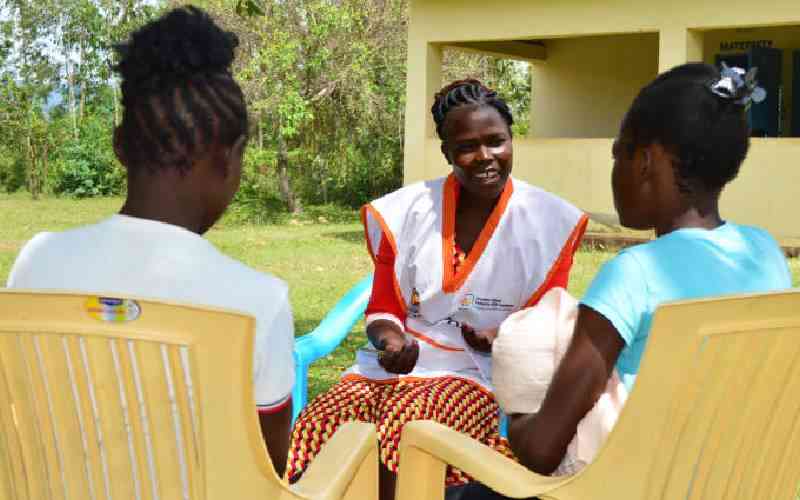
At least 714 girls are impregnated every day in the country, risking transmission of new HIV infections.
A report by the National Syndemic Diseases Control Council (NSDCC) reveals that at least 41 per cent of all new HIV infections in the country occur among adolescents and young people aged between 15 and 24 years.
In 2022, some 260,734 adolescent pregnancies were reported in the country, among girls aged between 10 and 18 years, representing 18 per cent of all pregnancies.
Out of these 15,279 were girls aged between 10 and 14 years, whereas 245,455 were in the age group of between 15 and 19 years. Despite the number being higher, the pregnancies dropped from a total of 316,187 reported in 2021.
“One in every five (23 per cent) antenatal clinic client was an adolescent 10 to 19 years in the last seven years. About six per cent of pregnancies occurred among girls aged between 10 and 14 between 2016 and 2022,” reads a section of the report.
Between January and May this year, a total of 110,821 girls aged between 10 and 19 years were pregnant.
Of these cases, a total of 6,110 were those aged between 10 and 14 years, whereas those in the range of 15 to 19 years accounted for 104,711 of the cases.
- Stigma is highest contributor to new HIV infections
- Use of art proves vital in curbing teen pregnancies
- Second chance for Covid-19 teen moms
- Nakhumicha banks on women leaders to end early sex, teen pregnancies
Keep Reading
Dr Douglas Bosire, programme officer of the County Support Division at NSDCC said cases of pregnancy among adolescents are worrying, and that the girls are likely to acquire HIV if those impregnating them are HIV positive.
He further sais that those infected are likely to miss out on treatment, and easily transmit the virus to their babies due to a lack of knowledge on preventing mother-to-child transmission.
Mother-to-child HIV transmission in the country is dragging at 8.6 per cent nationally, against the below five per cent target set by the World Health Organisation (WHO).
“About 29 children are impregnated every hour, an issue that is worrying as this risks infection of the girls with HIV,” said Bosire.
In the report released last week, between January and May 2023, Meru County had the highest proportion of adolescent pregnancies among girls between the ages of 10 and 19 years in the country at 26 per cent.
At least one out of three ANC services is of a child aged between 10 and 19 years.
Cases of Sexual and Gender-Based Violence (SGBV) among girls in Meru is also high at 36 per cent, whereas 37 per cent of all HIV infections are among adolescents and young people aged between 15 and 24 years.
Bosire attributed high cases of pregnancies in Meru to economic activities that force boys out of school, only for them to use their money to lure girls.
“Economic activities are good for social development, but when children drop out of school early to engage in businesses that give collections, they end up hurting the girls,” said Bosire.
He said NSDCC together with the Ministry of Education is engaging Njuri Ncheke to find a solution to the vice and integrate girls back into school.
Other counties with the highest proportion of adolescent pregnancies include Narok at 25 per cent, Tana River (24), Samburu (24), West Pokot (24), Homa Bay (24), Kisii (22), Kitui (22) and Bungoma 21 per cent.
According to the report, teenage pregnancy is a proxy indicator of a heightened risk of HIV infection. Additionally, the report notes that pregnancy among adolescent girls is often associated with negative health and social outcomes for both the mother and baby.
“When compared to older women, adolescent and young mothers have the worst HIV reported outcomes, including higher new infections of HIV during pregnancy and breastfeeding, and lower rates of retention in HIV care and treatment,” notes the report.
Last year, Kenya recorded a total of 22,154 infections in all ages, of which 17,690 were adults, while 4,464 were children aged between zero and 14 years.
The data reveals that about 3,244 new HIV infections occurred among adolescents aged between 10 and 19. Adolescents and young people aged between 15 and 24 years account for 41 per cent of all new HIV infections in 2022.
Ten counties accounted for 59 per cent of new infections among adolescents aged 10 and 19 years, namely Kisumu, Homa Bay, Siaya, Migori, Nairobi, Uasin Gishu, Kisii, Kajiado, Kakamega and Trans Nzoia.
Joseph Kioko, Statistician, Monitoring and Evaluation Division at NSDCC said as compared to adults, there is a low rate of HIV reduction in children.
“There is low uptake of ART in adolescents because of stigma as they fail to identify themselves,” said Kioko, adding that the knowledge level among adolescents is also low.
Also, the uptake of treatment among adolescents remains low, as a result of stigma. Kenya’s HIV prevalence has gradually reduced from 6.4 per cent in 2010, to 3.7 per cent in 2022.
 The Standard Group Plc is a multi-media organization with investments in media platforms spanning newspaper print
operations, television, radio broadcasting, digital and online services. The Standard Group is recognized as a
leading multi-media house in Kenya with a key influence in matters of national and international interest.
The Standard Group Plc is a multi-media organization with investments in media platforms spanning newspaper print
operations, television, radio broadcasting, digital and online services. The Standard Group is recognized as a
leading multi-media house in Kenya with a key influence in matters of national and international interest.

